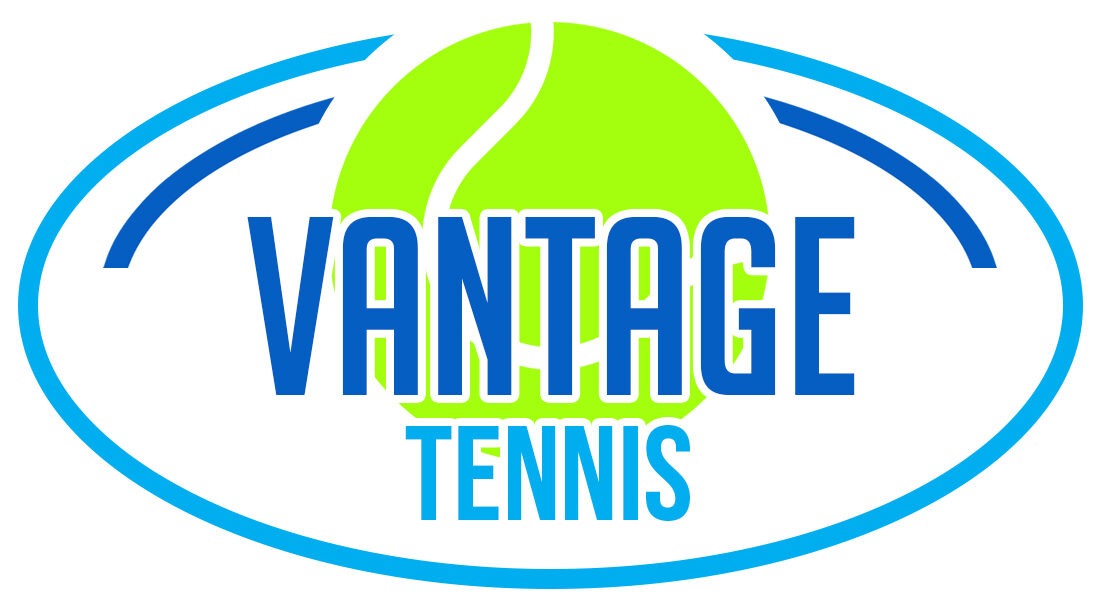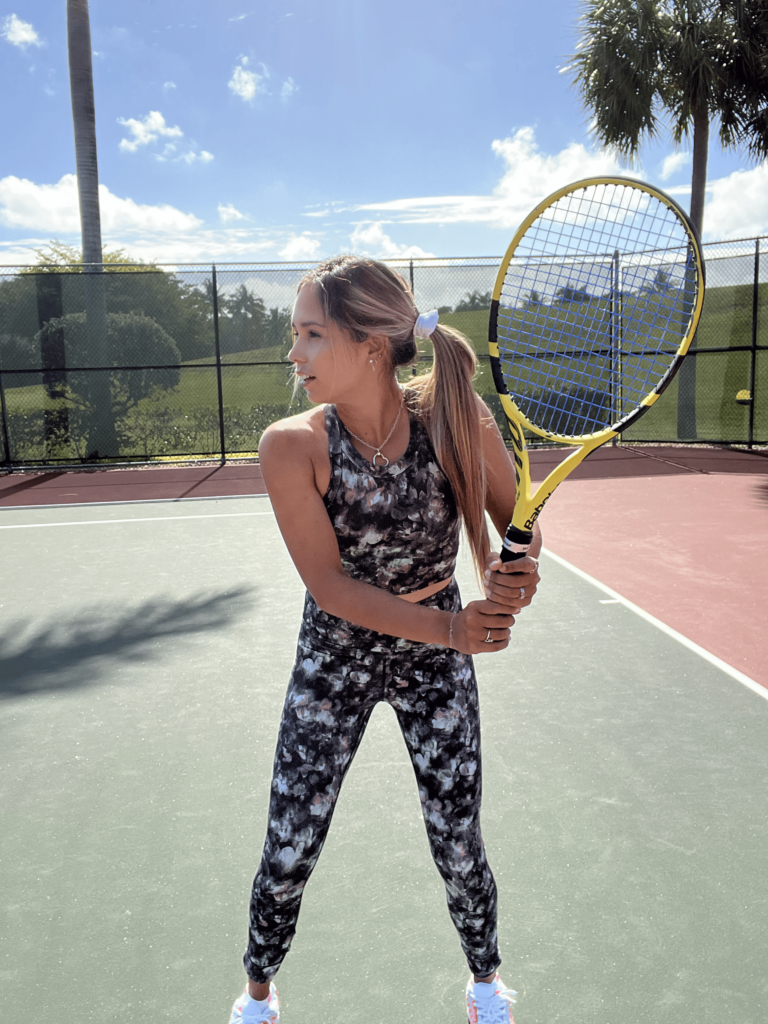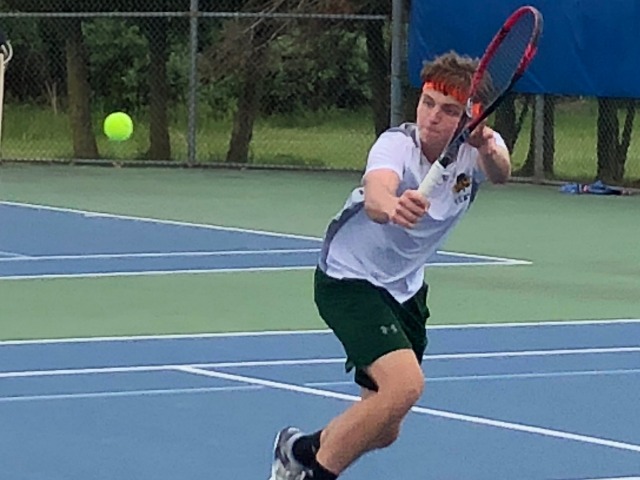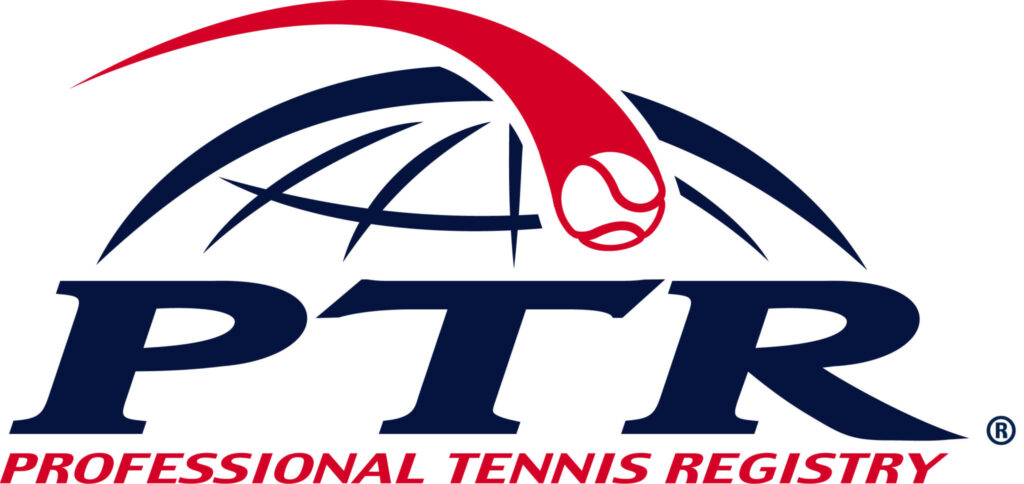Success depends on laying a sound foundation in tennis techniques and skills that shall see one through. Whether one is starting or has been playing tennis for several years, the key elements, when refined, yield powerful and controlled shots and, more often than not, win matches.
This tutorial will review some of the important techniques critical to perfecting your game, such as forehand, backhand, serve, and volley.
Why Mastery of Tennis Techniques and Skills is Important
In tennis, technique and skill determine how a player can generate force, precision, and economy in their strokes. It builds your foundation in such a way that it carries out your game strategy effectively, places shots effectively, and, at the same time, minimizes the chance of getting injured. Let’s break down the core competencies any player should have to take their game to the next level.
Forehand Technique: Unleashing Power and Precision
The forehand is one of the most important and commonly used strokes in tennis. Most of the players rely on their forehand during the shot play to generate powerful and highly precise shots that would command rallies, thus controlling the opening of the game.
Grip and Stance: Semi-western and eastern grips are generally used in conducting the forehand; it accommodate both solid contact and control. Adopt a closed stance, standing with feet shoulder-width apart, with your body turned and your side toward the oncoming ball.
Swing Motion: Keep the racket back in line with your shoulder. As you swing forward, keep a fluid feel in the wrist, not at all rigid, which allows flexibility and follow-through, hence giving you power and control.
Key Tip: The key tip here is to keep your eyes on the ball and follow through, completing the arc. This is the secret to a strong forehand that will provide more power and consistency in your groundstroke, making the work easier on the court.
Backhand Technique: Building Versatility
The backhand is the stroke that’s a little more tricky than the forehand but still important since informing control in your game goes. Whether it is a one-handed or a two-handed stroke, a strong backhand is added to give your shot some versatility and strength.
Grip and Stance: Generally, the one-handed backhand is played with an eastern backhand grip, whereas the two-handed backhand can easily be executed with the help of the clash of continental grip in the dominant hand and an eastern or semi-western grip in the non-dominant hand.
Swing and Follow-through: A one-handed backhand requires a longer arm and rigid wrist with exaggerated follow-through over the shoulder.
Key Tip: The two-handed backhand allows extra stability and control, especially when receiving high-velocity service. Keep your body aligned with the swing to maintain control, and know this stroke does take practice to get over the initial hump. In making your backhand strong, you add a real dynamic to your game in that you will be able to answer both sides with great assurance.
Serve Technique: Setting the Stage for Every Point
Every point is initiated with a serve, and possessing a good, consistent serve can be of great strategic advantage. A good serve increases pressure on your opponent and opens shots for winning.
Key Tips: Relaxed practice of the toss in a repetitive manner will maintain rhythm and fault rate low. Try to aim for different spots to keep opponents guessing. Master your serve, and you will be golden to go; if not, practice the technique with precision and great focus.
Volley Technique: Quick Reaction at the Net
A staple in a good tennis player’s game, volleys are fast action near the net that demands rapid reactions, stability, and precision. A good volley is played to get the point over as soon as possible and to keep your opponents off guard.
Grip and Ready Position: The best grip for both forehand and backhand volleys is the continental. Even out of position, your body should be kept low and squared to the net, with the racket extending forward.
Contact and Follow-through: Make a controlled volley with a short back-swing while keeping the racket face toward the target area. A controlled volleyball push instead of a big swing and follow through with firmness in your wrist will give you control.
Developing Tennis Techniques and Skills: Practice and Patience
Progress in tennis comes from practice, consistency, and the willingness to perfect each one of these basic shots. Here are some tips you can incorporate into your training routine:
Forehand and backhand drills: Set up targets down the baseline, work to perfect shot accuracy, and maintain proper form.
Serve repetition and variety: Serve into the various parts of the court, working your way up to perfect your speed and unpredictability.
Volley practice at the net: Partake in rapid volley drills with a partner or coach to quickly improve your reflex and net footwork.
Conclusion: Laying the Foundation with Fundamental Tennis Techniques
Ready to improve your tennis game? Focus on refining these techniques through your expert Vantage Tennis Coaches, and watch your performance improve on the court.








